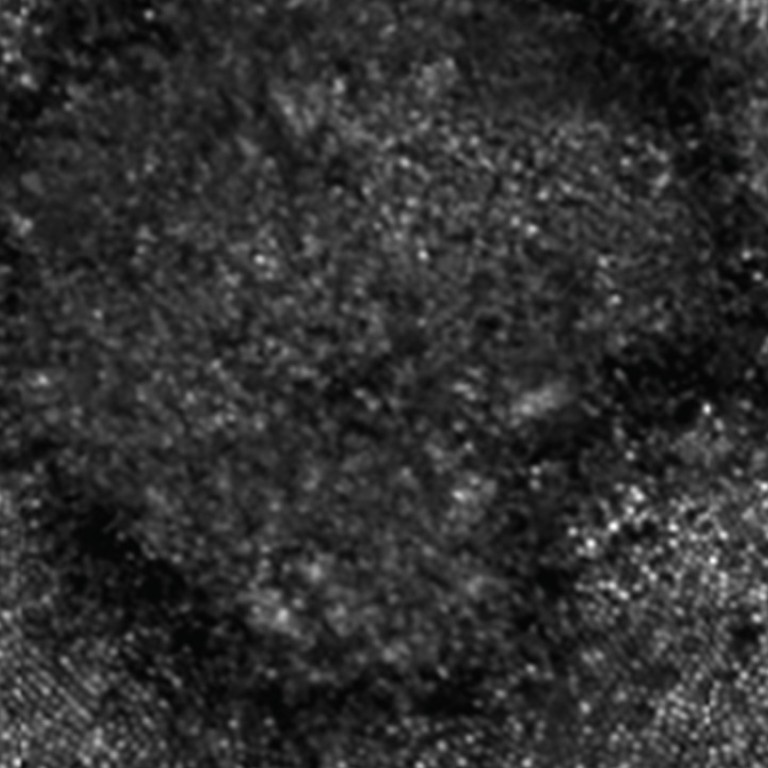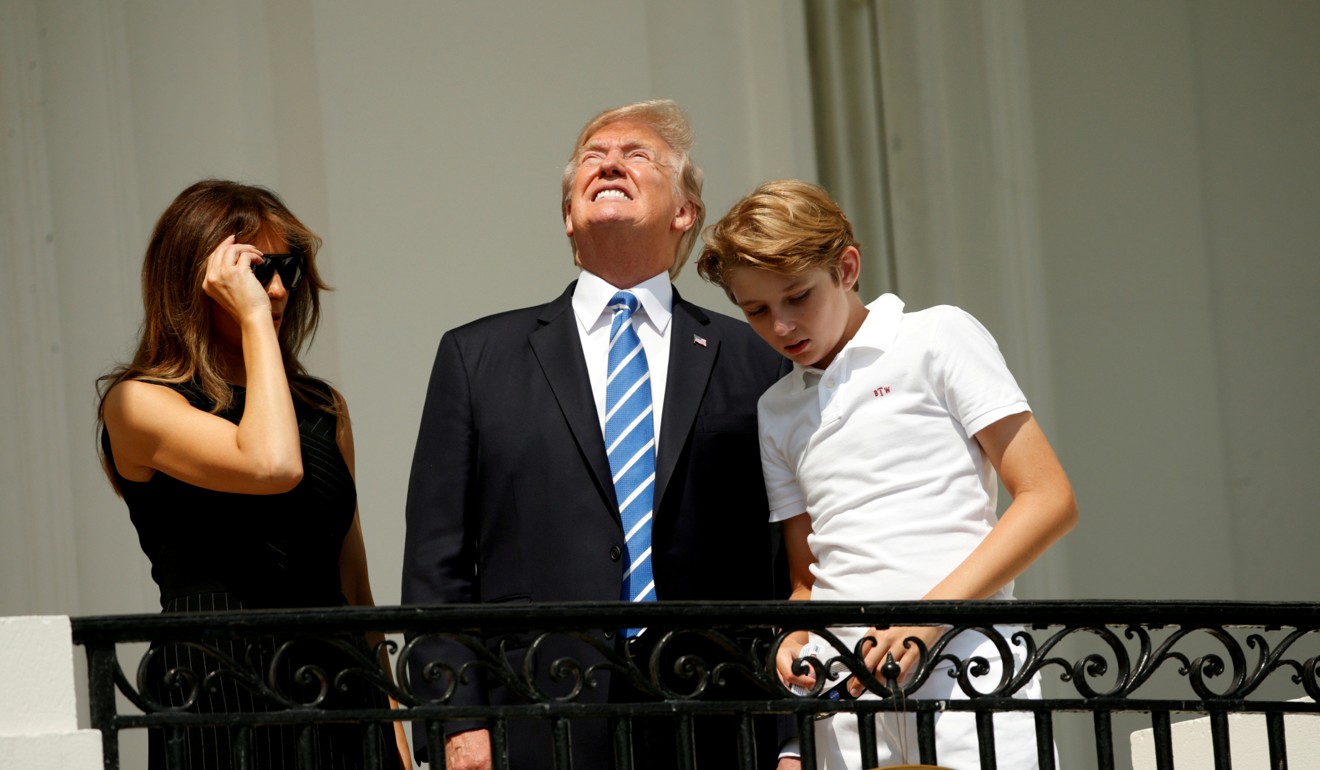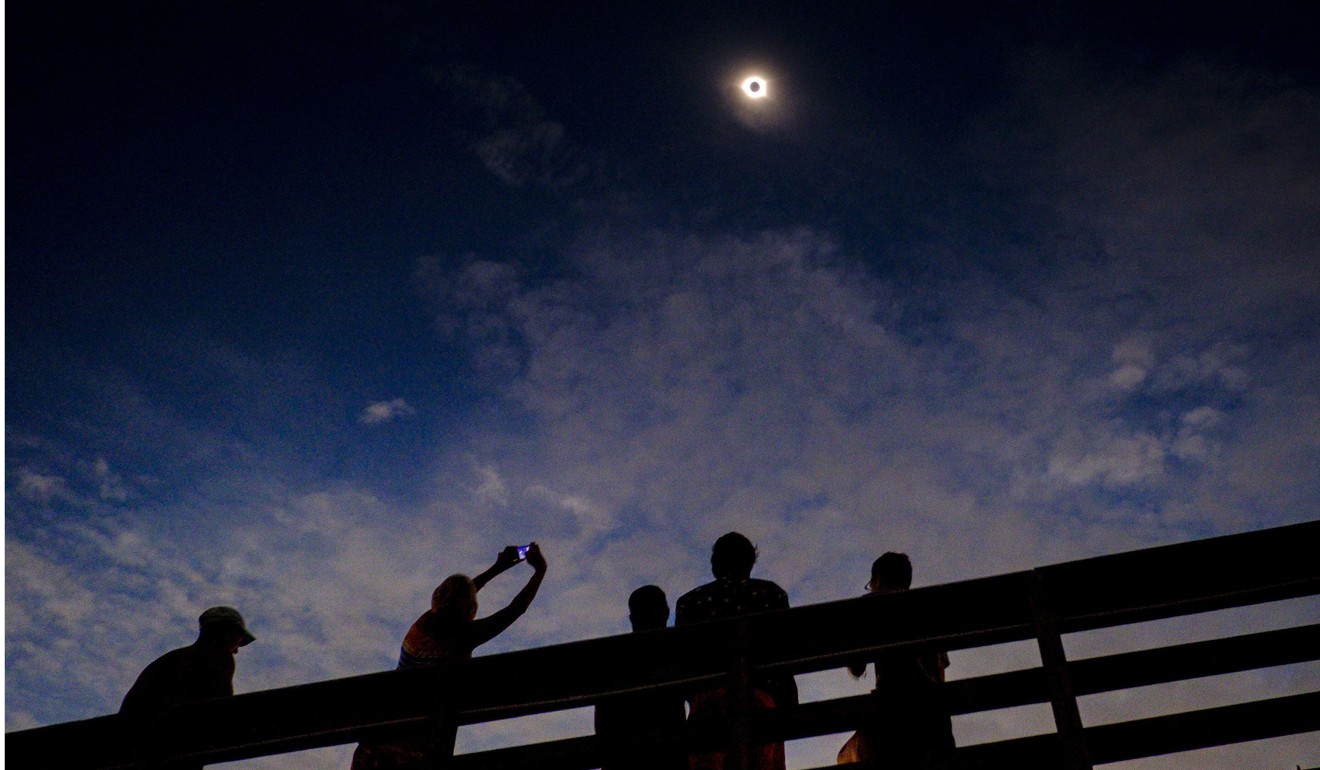
Solar eclipse was scorched on woman’s retina after she stared at sun for too long
Remember how eye doctors were warning people not to stare at the solar eclipse in August without proper protection?
They were right.
A woman in her 20s gazed at the eclipse without any protection for 6 seconds, then again for up to 20 seconds while wearing dark glasses that apparently were not strong enough, according to a report in the journal JAMA Ophthalmology.
The alarming result: an eclipse-shaped spot was burned onto the retina of her left eye.

Her right eye was less severely damaged, her doctor said, because the left is her dominant eye.
The damage remained visible on follow-up scans that were performed six weeks later, said Avnish Deobhakta, retina surgeon at the Mount Sinai facility.
“It was an amazing concordance between what you would’ve seen in the eclipse and what actually was almost imprinted in terms of damage on her retina,” he said.
A Pennsylvania man also suffered damage in one eye, though public details are scarce. That case was described to NPR by Ralph Chou, an expert on eclipse-related eye damage at the University of Waterloo.

Physicians do not yet know if the damage sustained by these two patients will be permanent, but the signs are not encouraging.
The woman treated at Mount Sinai has not undergone additional scans since her six-week follow-up visit, but recently told physicians by phone that the hole in her vision remains – more than three months after the eclipse that captivated viewers across the US.
And since her case was publicised, Mount Sinai physicians have been contacted by others who say they suffer lasting damage from looking at eclipses decades ago, Deobhakta said.

Concerned for her vision after her initial naked-eye view of the eclipse – a series of glances totalling about 6 seconds – the New York patient then borrowed a pair of dark glasses from a fellow spectator. That is when the real damage seems to have occurred, Deobhakta said. The glasses apparently were not sufficiently protective, yet the woman looked through them for 15 to 20 seconds.
“It was brighter than she would have thought,” Deobhakta said. “She could still see other structures in the environment outside of the eclipse.”
With proper eclipse glasses, the viewer can see only the outline of the sun, while the sky surrounding it appears pitch black. The woman did not know the brand name of the glasses she borrowed, but the resulting damage suggests they could have been one of several unapproved, counterfeit models that were on the market in the weeks leading up to the August 21 event.
The woman’s eye damage occurred primarily in the light-sensitive cells called cones, which enable the perception of colour.

